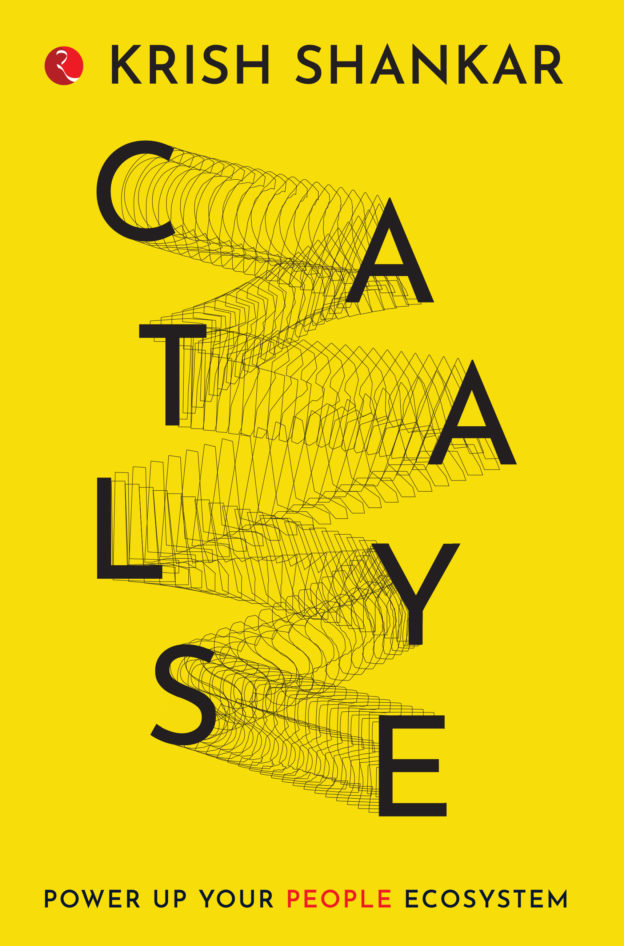Prevention Program Development and Evaluation
no information available
Prevention Program Development & Evaluation (PPD&E): An Incidence Reduction, Culturally-Relevant Approach takes as its premise that prevention practice can become both more frequent and improved through the careful use of program development and evaluation processes The book builds on Conynes basic text in Preventive Counseling tpresent such a model and how tuse it tdevelop, plan and evaluate community programs aimed at preventing mental health issues Prevention Program Development and Evaluation can be used as a primary text in courses devoted tprevention or in graduate internships and seminars aimed at practice issues; it alsis expected tsee wide use as a supplemental text in a range of undergraduate and graduate courses in psychology, counseling, social work, and other human services The book builds on a popular formula by George Albee (well-known in public health and psychology) that is aimed at reducing the incidence (new cases) of psychological and educational problems Conyne expands this formula by including factors based on contemporary research and through identifying specific prevention program development and evaluation steps The resulting Adapted Incidence Reduction formula is then set within an encompassing 10-step prevention program development and evaluation model that emphasizes the critical concepts of community, collaboration, and cultural relevance Interspersed throughout the book are descriptions of everyday prevention practices, as well as concrete prevention program examples that have been proven effective in the community where they were implemented Conyne draws the books contents ta close through using a set of guided questions that walk the student or practitioner through the prevention program development and evaluation process Numerous learning exercises, figures, and a comprehensive set of references in prevention and in program development and evaluation enhance the texts attractiveness and usability ... Read more Read less











